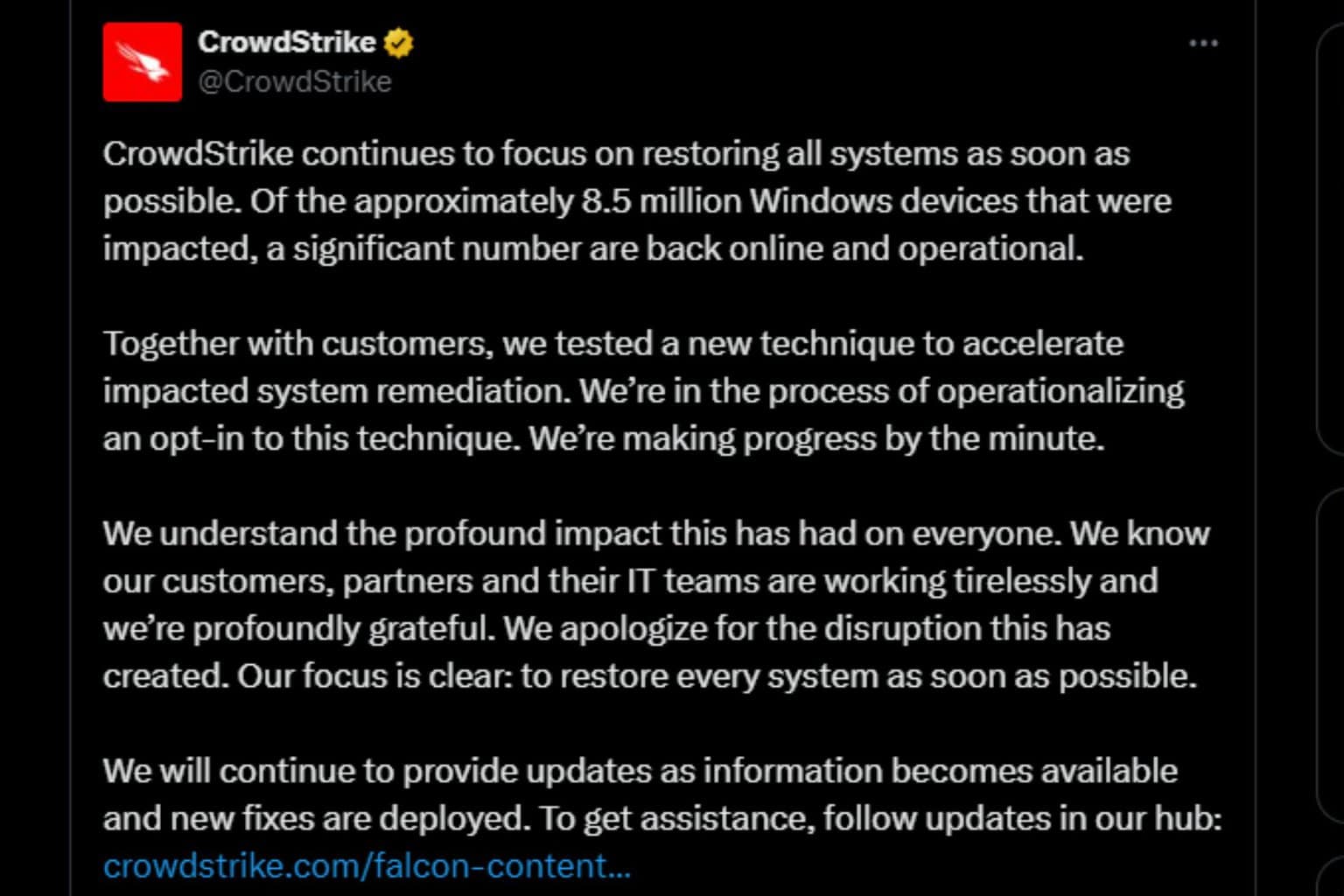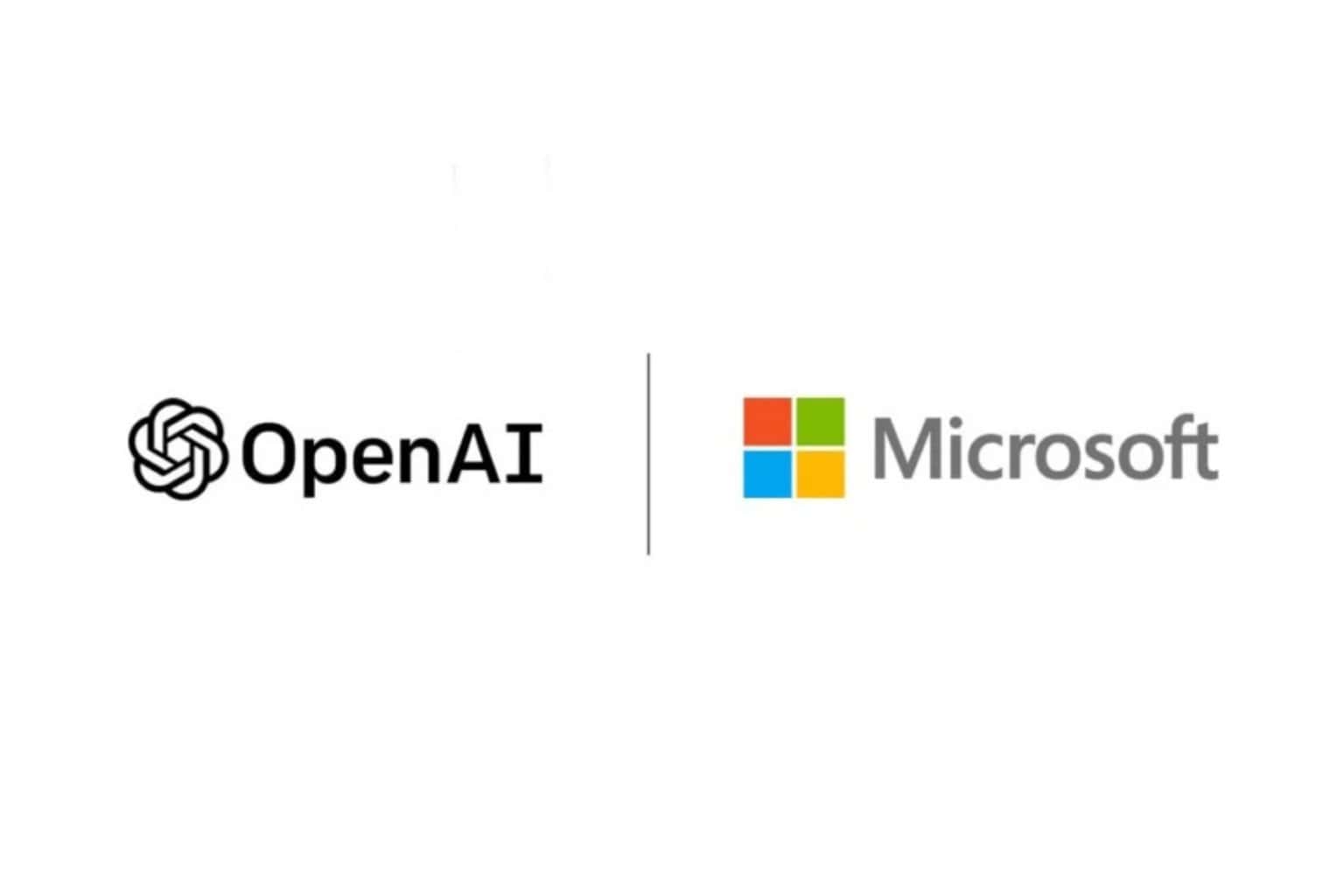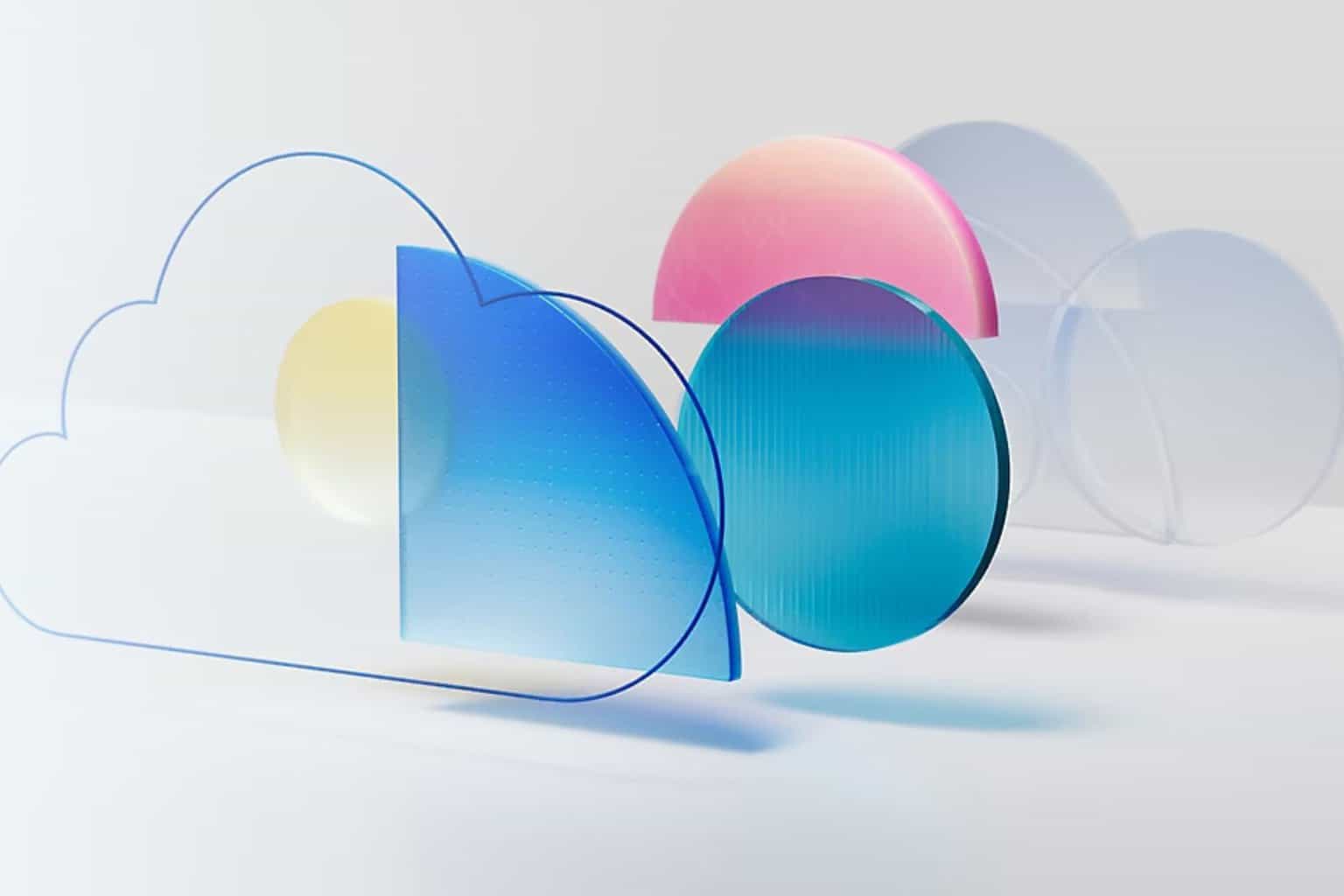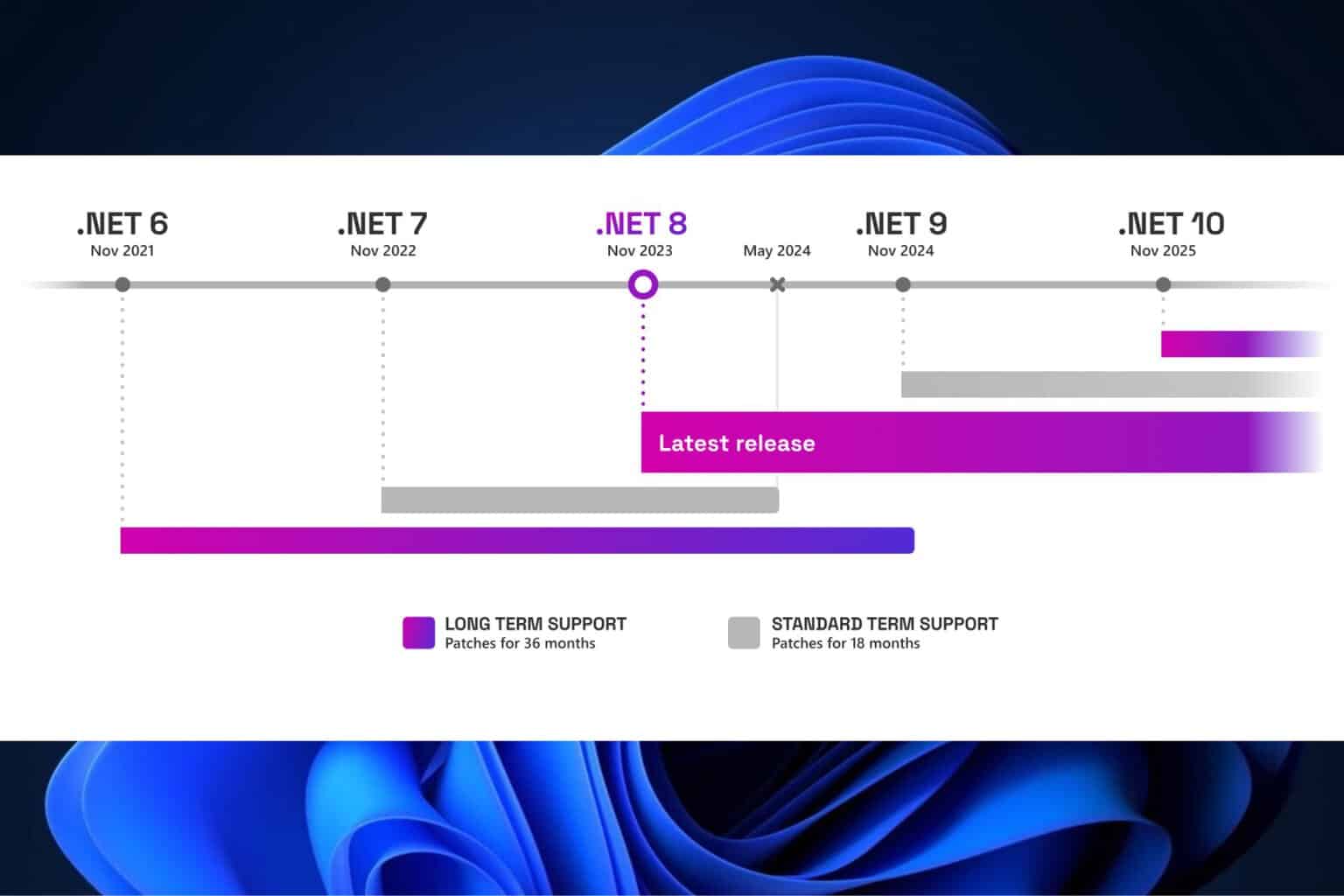It's now possible to deploy Windows 10 desktops on Microsoft Azure with Citrix
2 min. read
Published on
Read our disclosure page to find out how can you help Windows Report sustain the editorial team Read more
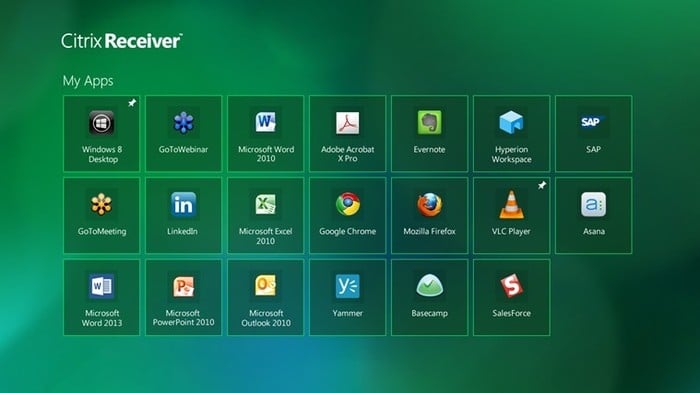
Citrix wants to help customers migrate to the cloud and made an appearance at the Summit 2017 in Anaheim to deliver that message. There, the company announced its new services which will allow Citrix and Microsoft clients to deploy Windows 10 desktops on Microsoft Azure, or to deploy applications directly on Azure. The new packages will make it easy for existing customers to transition from on-premise licenses to the Citrix Cloud.
In addition, Citrix is introducing Smart Tools that will simplify the deployment of new workspaces. The company also announced a new Citrix Ready partner initiative that will target the mid-market. From its Citrix Workspace Cloud, a channel for Windows desktops and apps will be delivered, including Microsoft’s Enterprise Mobility Suite.
“For those organizations seeking a simplified way to deploy Windows 10 virtual desktops in the Microsoft Azure cloud, Citrix released XenDesktop Essentials. Microsoft customers who have licensed Windows 10 Enterprise on a per-user basis will have the option to manage their Windows 10 images on Azure through its XenDesktop VDI solution. Once XenDesktop Essentials is set up and running, the service can be managed by Citrix Cloud,” explained Citrix.
The company added that customers who want to deliver business applications directly from Azure will need XenApp Essentials. The new service “taps industry-leading XenApp technology to provide additional management, user experience, and security features. XenApp Essentials can also be a service integrated into, and managed by, Citrix Cloud”. Citrix specified that XenApp Essentials will be available the first quarter of 2017.
Citrix currently collaborates with Microsoft and this partnership made it possible to integrate Citrix NetScaler Unified Gateway with Microsoft Intune. This allows IT administrators “to define access control policies based on the state of the end user mobile device.” According to Akhilesh Dhawan, principal product marketing manager at Citrix, “These policies will check each end-user mobile device before a user session is established to determine whether the device is enrolled with Microsoft Intune and is compliant with the security policies set by an organization and — only then — grant or deny access accordingly.”
RELATED STORIES TO CHECK OUT:
- The 5 best local messaging apps for Windows PC users
- Citrix Announces full Support for Windows 10
- Azure Alerting and Monitoring Preview is now available




